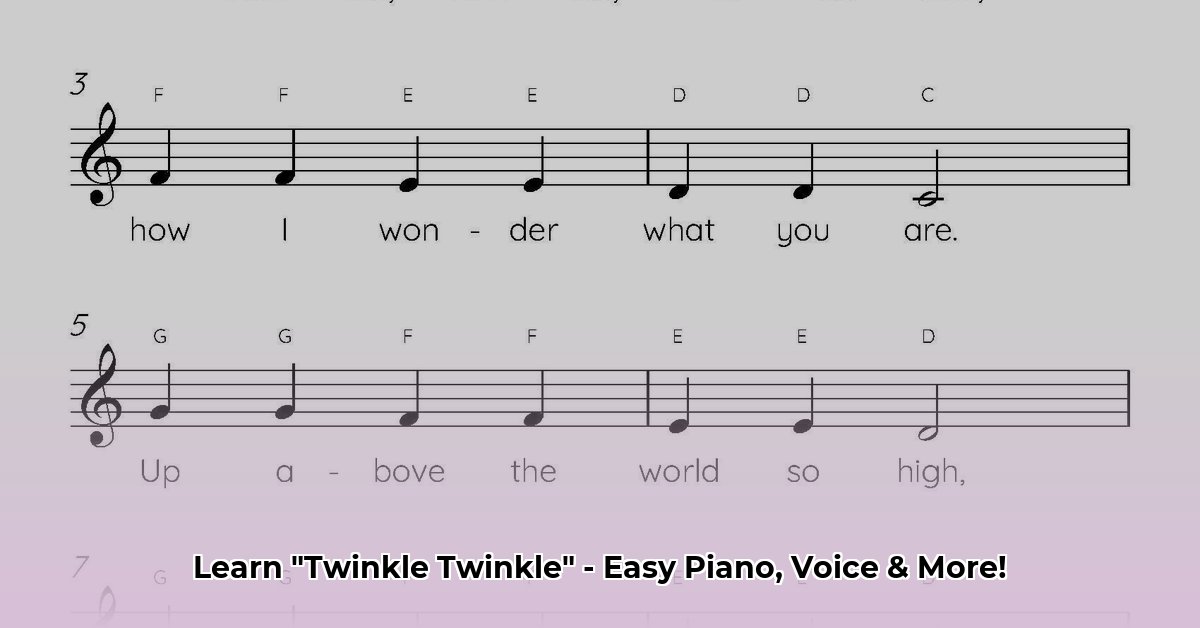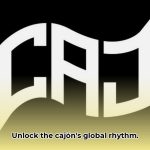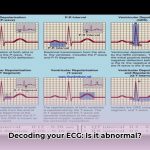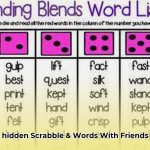This guide offers a one-stop resource for learning “Twinkle Twinkle Little Star” in various musical notations. Whether you’re a child, parent, teacher, or simply curious, we’ll explore different ways to experience this timeless melody. From traditional sheet music to simplified methods like letter notes and numbers, you’ll find everything you need to twinkle in any notation!
Lyrics: The Heart of the Song
Twinkle, twinkle, little star,
How I wonder what you are!
Up above the world so high,
Like a diamond in the sky.
Twinkle, twinkle, little star,
How I wonder what you are!
Standard Musical Notation (Sheet Music)
Sheet music is the standard language of music. While it might seem complex at first, it provides the most comprehensive representation of a musical piece.
Beginner Version
(Insert image: Beginner version sheet music in C Major – simple melody line)
This simplified version in C major focuses solely on the melody, making it ideal for beginners.
Intermediate Version
(Insert image: Intermediate version sheet music in C Major – melody with simple left-hand C-G-C accompaniment)
This version introduces a basic left-hand accompaniment, adding depth and harmony.
Sheet Music Explained
- Staff: The five lines and four spaces where notes are placed.
- Clef: (Treble clef shown) Indicates the pitch range. The treble clef is used for higher notes, commonly played by the right hand on the piano.
- Time Signature: (4/4 time) Specifies the beats per measure and the type of beat. 4/4 means four quarter notes per measure.
- Notes: Symbols representing pitch and duration.
Letter Notes: An Easy Approach
Letter notes simplify music reading by assigning letters (A-G) to the notes.
(Image: Keyboard diagram with letter notes highlighted, indicating C4-G4 octave)
C C G G A A G
Twin-kle, twin-kle, lit-tle star
F F E E D D C
How I won-der what you are
G G F F E E D
Up a-bove the world so high
G G F F E E D
Like a dia-mond in the sky
C C G G A A G
Twin-kle, twin-kle, lit-tle star
F F E E D D C
How I won-der what you are
Numbered Notation: A Visual Aid
Numbered notation uses numbers to represent keys, often starting with Middle C (C4) as 1. This method is specifically beneficial for instruments like the piano or certain learning systems.
(Image: Numbered keyboard diagram)
1-1-5-5-6-6-5
4-4-3-3-2-2-1
Solfege (Do-Re-Mi): Singing Made Easy
Solfege assigns syllables (Do-Re-Mi) to each note of a scale.
Do-Do-Sol-Sol-La-La-Sol
Fa-Fa-Mi-Mi-Re-Re-Do
Sol-Sol-Fa-Fa-Mi-Mi-Re
Sol-Sol-Fa-Fa-Mi-Mi-Re
Do-Do-Sol-Sol-La-La-Sol
Fa-Fa-Mi-Mi-Re-Re-Do
Solfege’s benefits include improved ear training and sight-reading. Some studies even suggest it strengthens musical memory and understanding.
ABC Notation: Music in Text Form
ABC notation is a text-based system, useful for digital applications.
X: 1
T: Twinkle Twinkle Little Star
M: 4/4
L: 1/4
K: C
C2 C2 G2 G2 A2 A2 G2 | F2 F2 E2 E2 D2 D2 C2 | G2 G2 F2 F2 E2 E2 D2 | G2 G2 F2 F2 E2 E2 D2 | C2 C2 G2 G2 A2 A2 G2 | F2 F2 E2 E2 D2 D2 C2 ||
Chord Symbols: Adding Harmony
Chords enhance the melody with harmony.
- Simplified Chords: C – G – C
- Full Chords: C – G7 – C
These chords are easily playable on piano or guitar.
Audio Examples: Hear the Difference
(Embed audio files for each notation style)
Comparing Notations: Which is Right for You?
| Notation | Pros | Cons |
|---|---|---|
| Standard | Universally recognized, highly detailed | Can be challenging for beginners |
| Letter Notes | Easy for beginners, simplifies note identification | Less precise than standard notation |
| Numbered | Simple for some instruments and methods | Not as widely used |
| Solfege | Excellent for ear training and sight-singing | Doesn’t directly translate to instrument fingering |
| ABC Notation | Easy to share digitally | Requires learning the system |
Frequently Asked Questions
- Q: Is “Twinkle Twinkle Little Star” copyrighted? A: No, it’s in the public domain.
- Q: What’s the easiest way to start? A: Letter notes or numbered notation are often easiest for beginners.
- Q: What key is “Twinkle Twinkle Little Star” typically in? A: C major.
- Q: Is this melody original to “Twinkle Twinkle Little Star”? A: It’s based on the French melody “Ah! vous dirai-je, maman” which is also used for “Baa, Baa, Black Sheep” and “The Alphabet Song.”
- Q: Can I play this on instruments other than piano? A: The melody can be adapted for various instruments.
This guide provides a springboard to exploring “Twinkle Twinkle Little Star” in a multitude of ways. While research suggests certain learning styles benefit more from specific notations, the most effective approach often involves a blended strategy. Explore, experiment, and find the combination that helps you twinkle the brightest!
- Vertical Axis Wind Turbine Design: Improving Efficiency and Overcoming Limits - October 29, 2025
- Wind Turbine to Power Home: Nacelle Design Improvements Advance - October 26, 2025
- Wind Turbine Blade Length: How Long Is Too Long? - October 24, 2025
















